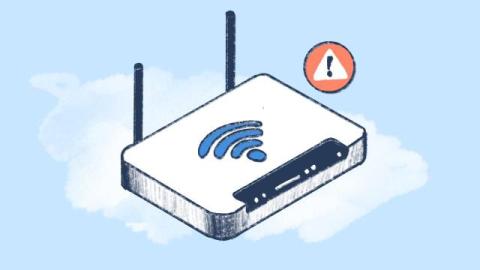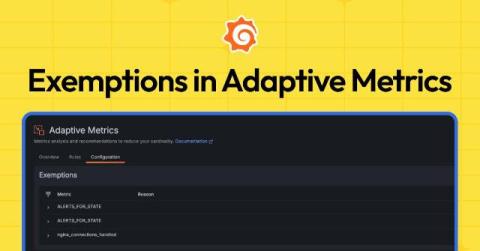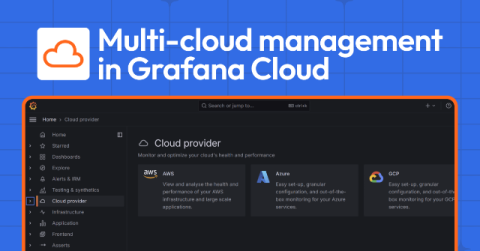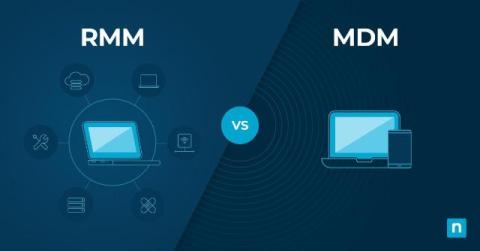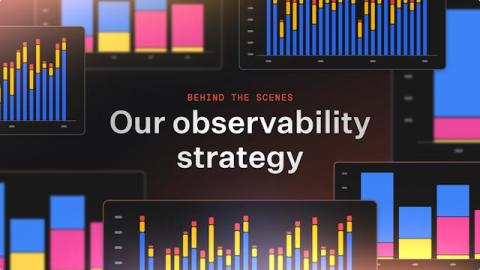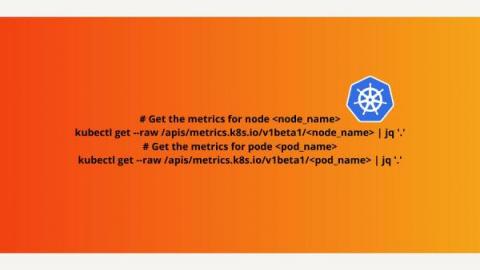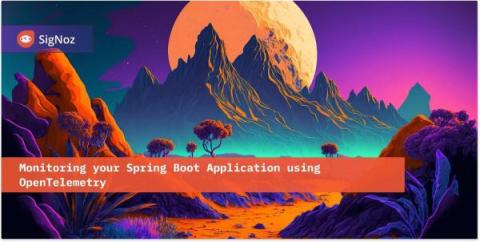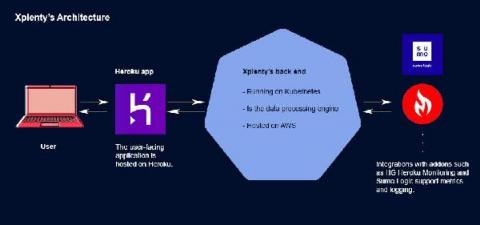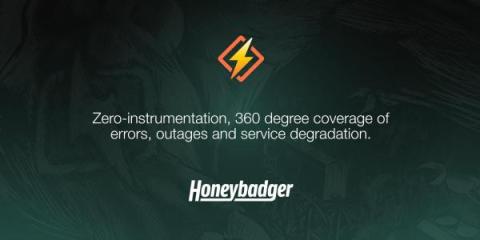How to Develop a Knowledge Management Strategy
A well-thought-out Knowledge Management strategy lays the foundation for capturing, organizing, and sharing knowledge across your organization.Think about the collective brainpower within your organization: The expertise, the experiences, the insights that make your team tick. How do you make sure that the lessons learned, the successes and the failures are shared, built upon, and used to drive growth? Developing a Knowledge Management strategy can be the key.



